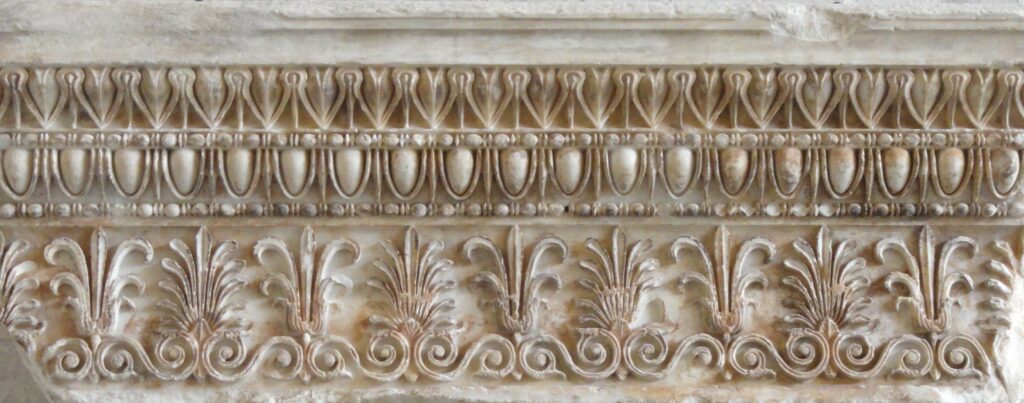Poetry
How to Write a Poem
Learning how to write a poem requires two things: a love of language, and a need for language to communicate more than it currently does. If this describes you, you’re…
Read MoreLiterary Motifs: What is a Motif in Literature?
When a work of literature employs an image or idea in repetition, that image or idea might be a motif. Literary motifs describe noteworthy repetitions whose presence in the work…
Read MoreSymbolism in Literature: What Symbolism Is, and How to Use It In Your Writing
Symbolism describes the use of concrete images to convey abstract ideas. Because this literary device is widely open to interpretation, and because many readers form different relationships to concrete objects,…
Read MoreNaPoWriMo Prompts for National Poetry Month
Want to do NaPoWriMo with other poets? Check out our April 1st class 30 Poems in 30 Days, designed to celebrate National Poetry Month! April is National Poetry Month in…
Read MoreUnderstanding Rhythm and Meter in Poetry
The phrase “meter in poetry” probably conjures thoughts of high school English class: Shakespeare’s iambs or, more broadly, the term “iambic pentameter.” In other words, it’s a phrase that smacks…
Read MoreHow to Write a Love Poem
Love poems have tried to capture the essence of love since the dawn of poetry itself. Because love is a highly personal and variable experience, no two love poets will…
Read MoreThe Importance of Word Choice in Writing
All strong writers have something in common: they understand the value of word choice in writing. Strong word choice uses vocabulary and language to maximum effect, creating clear moods and…
Read MoreWhat is Confessional Poetry?
When a poem explores the poet’s inner psyche, deeply personal experiences, their struggles, turmoils, and/or secrets, we might be inclined to call it confessional poetry. Like a penitent kneeling in…
Read MoreNegative Capability: What It Is and How to Access It
What is “negative capability”? In brief, when we as writers or artists are able to allow complexities and uncertainties in our work—without trying to resolve them—we are expressing negative capability.…
Read MoreWhat is Free Writing? + Prompts to Elevate Your Writing Process
If you’re trying to write but can’t get the words flowing, free writing can jumpstart the writing process. Free writing is a no-pressure method of simply getting words on the…
Read More









